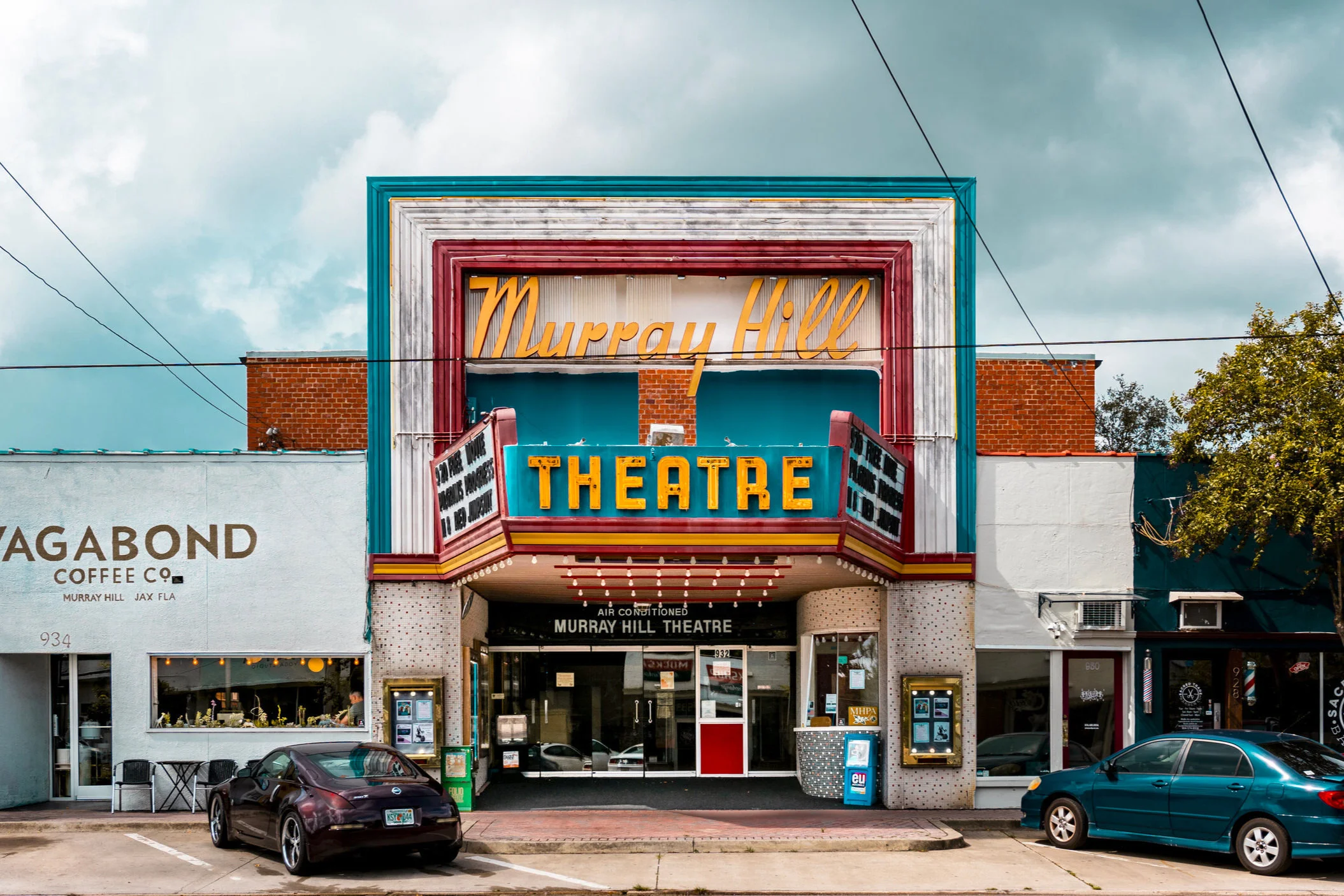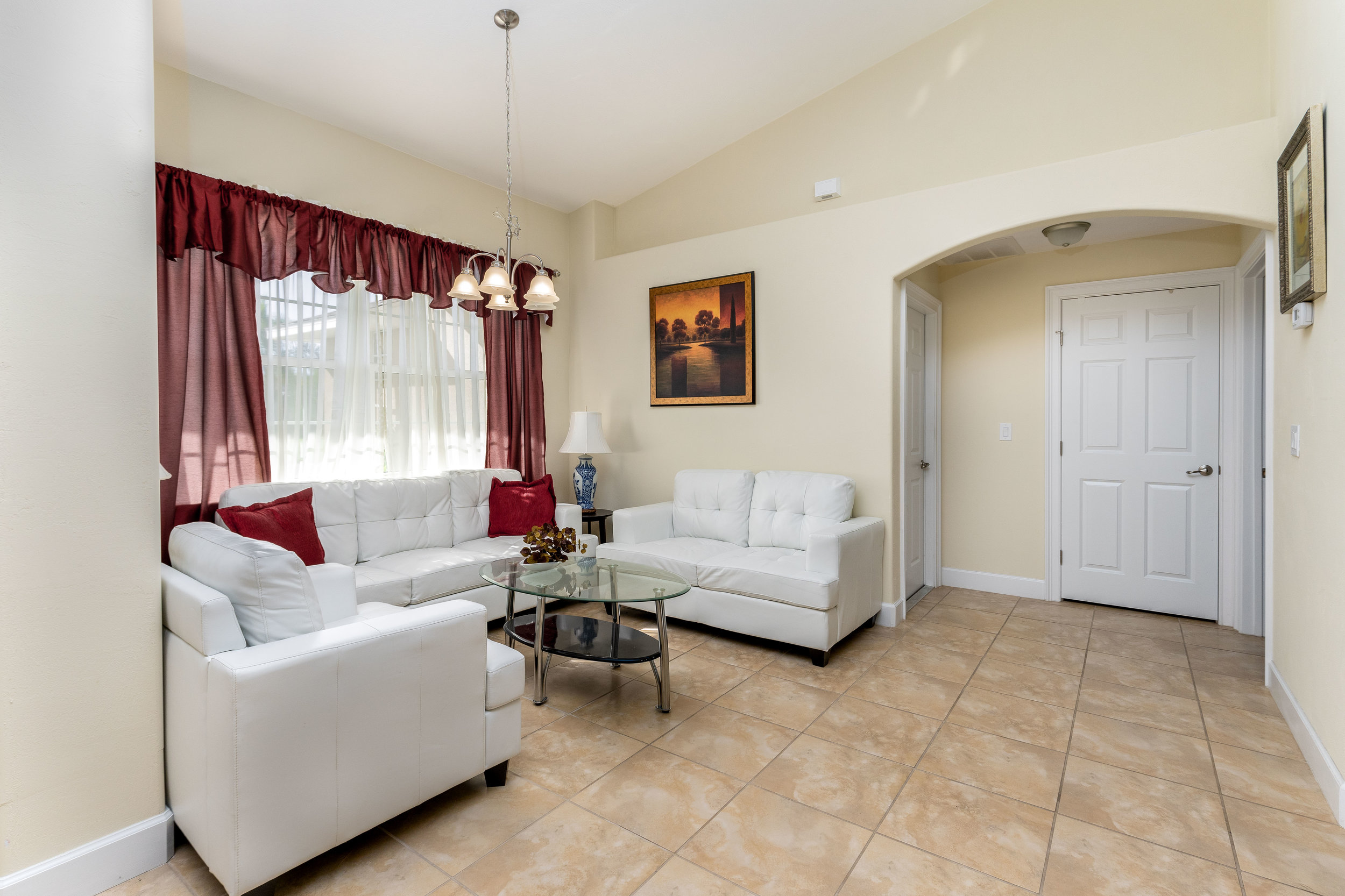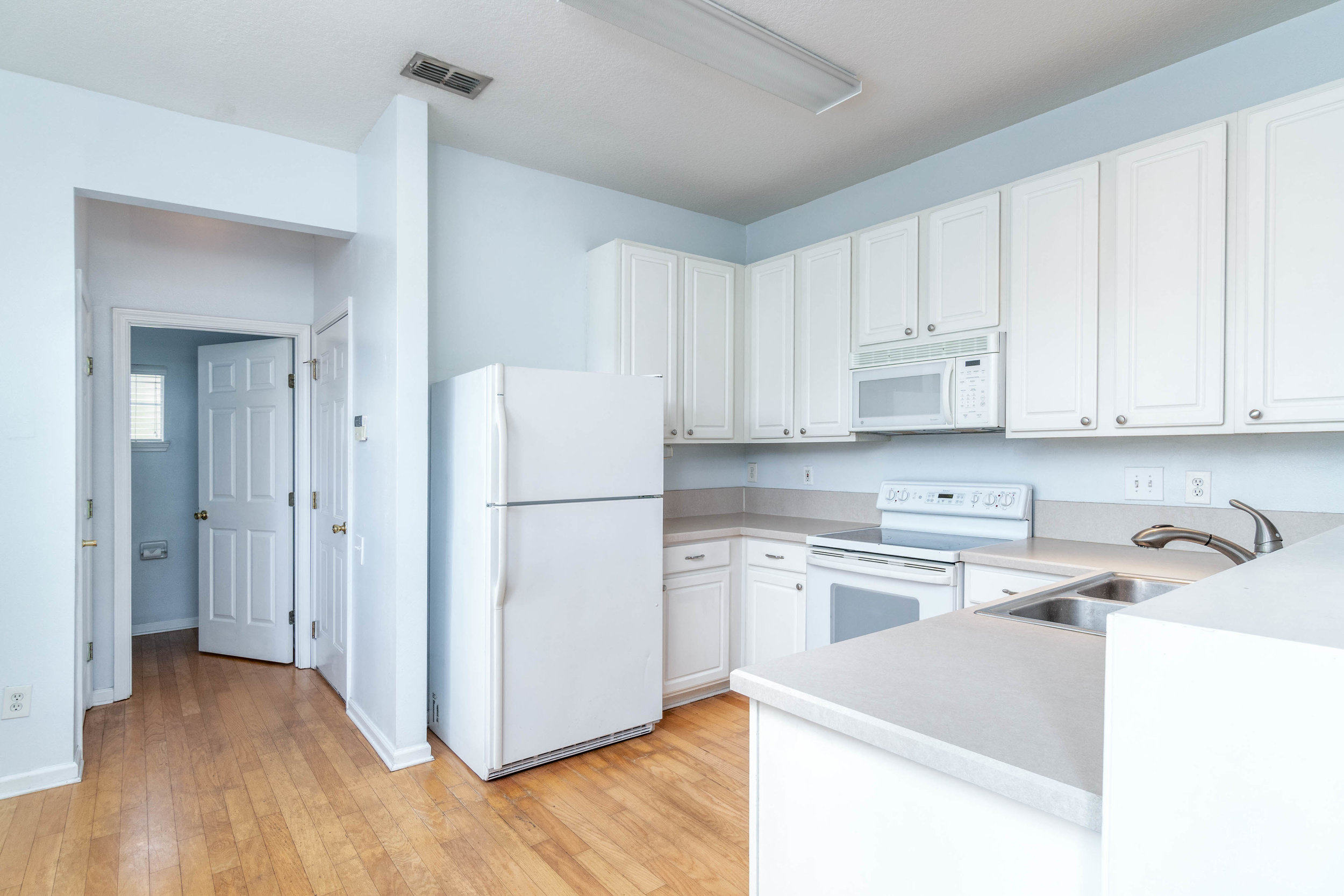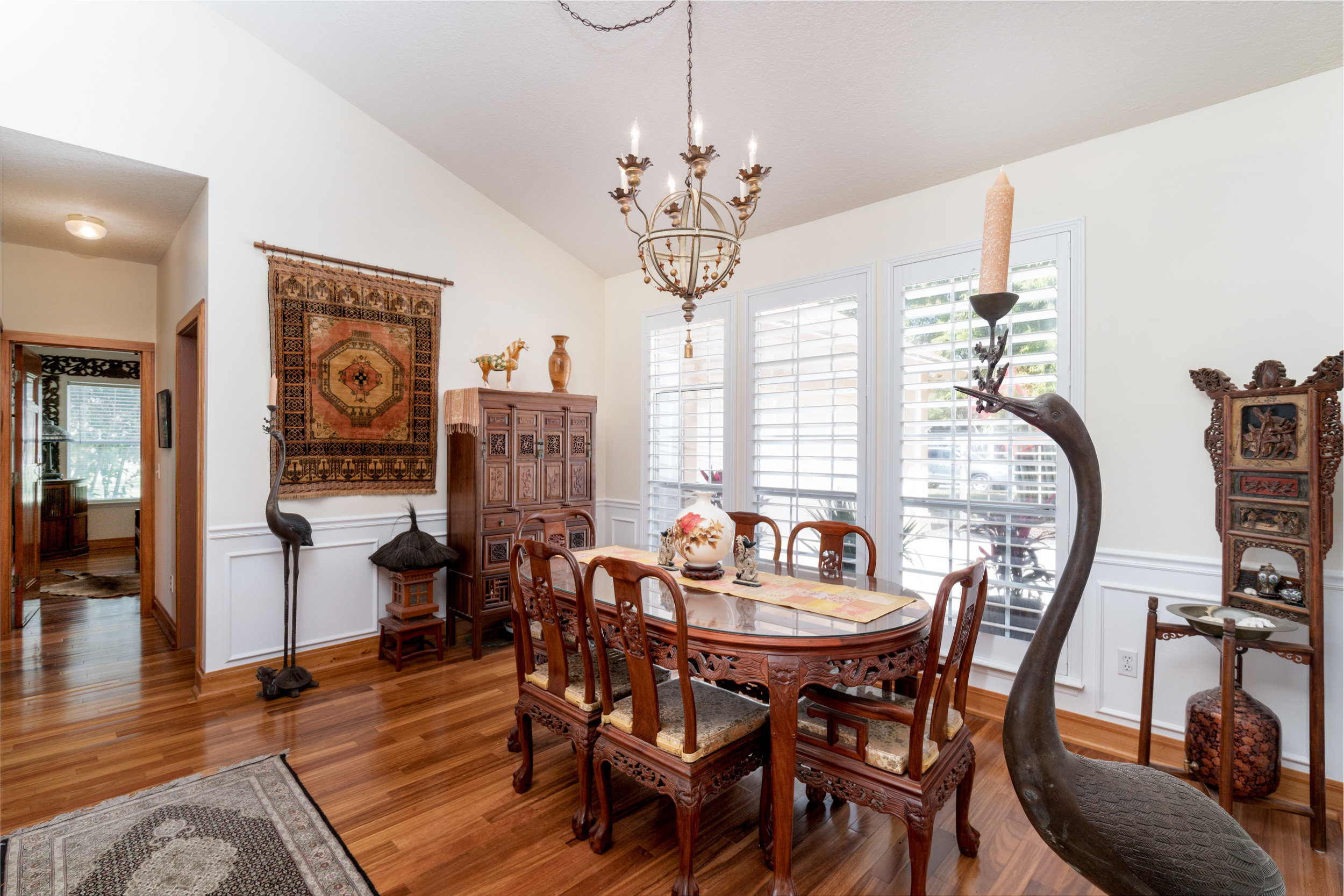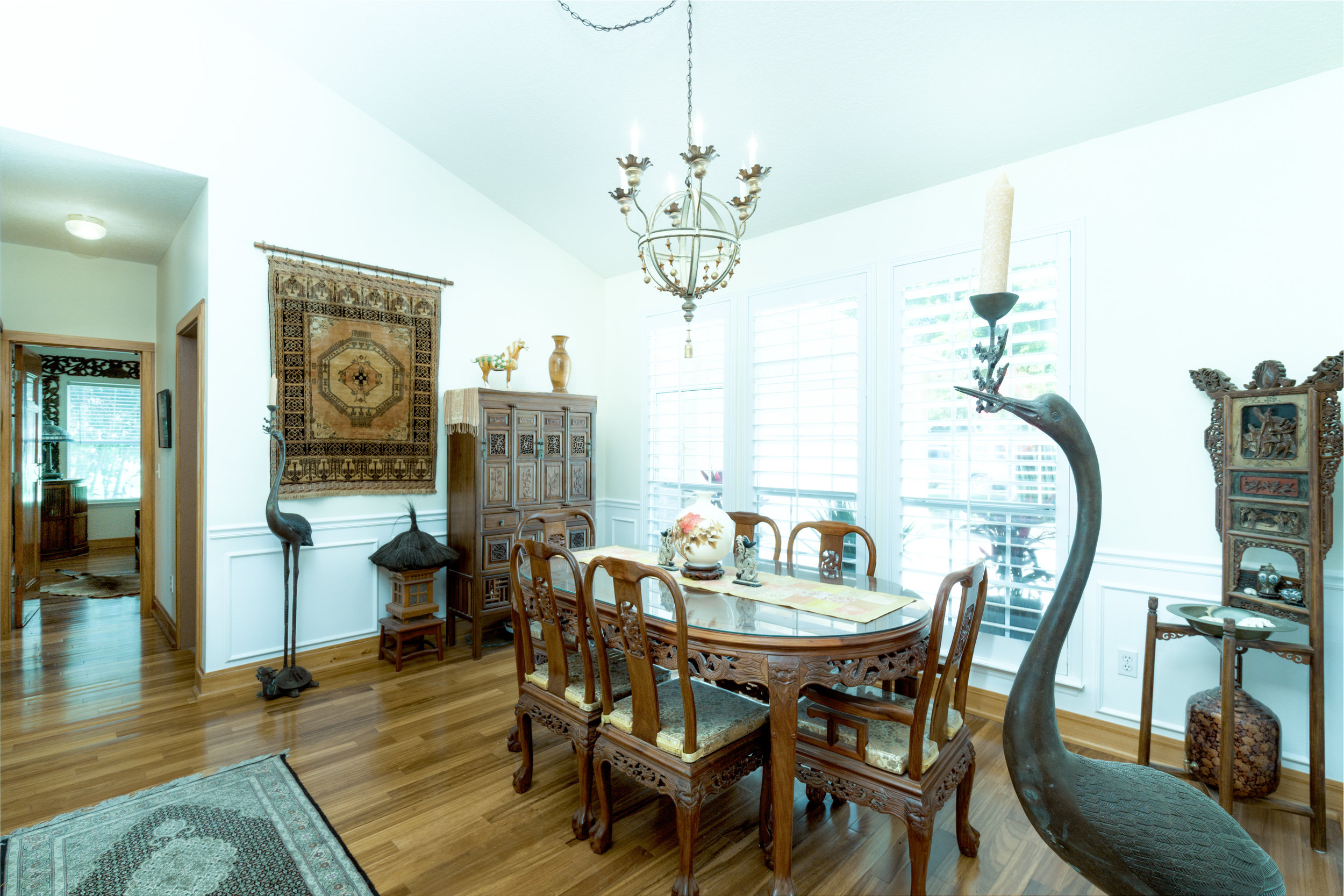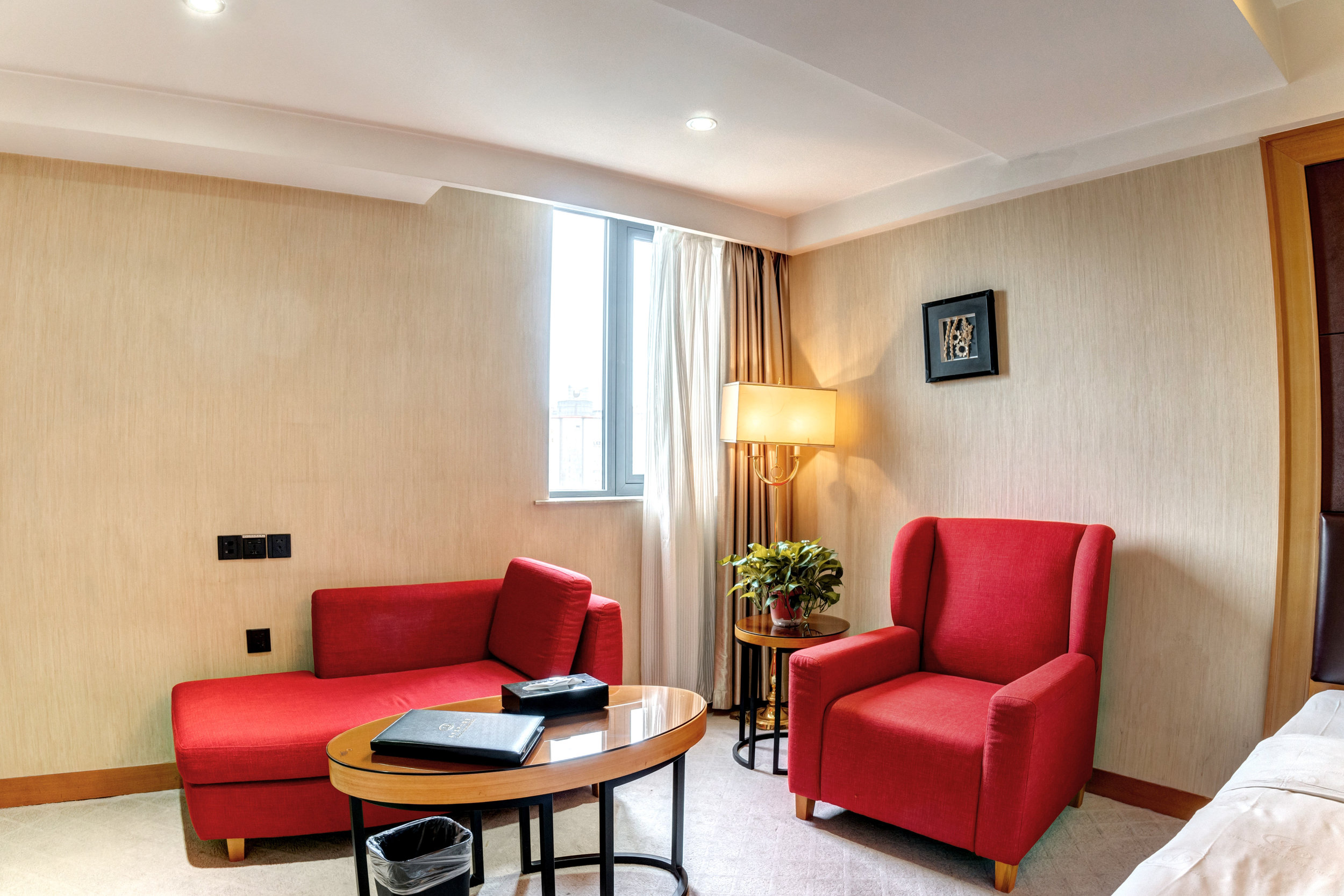I’ve been lucky enough to live and travel for extended periods in a few cities throughout the US and Asia. My favorite place has to be Jacksonville -- I’m not kidding. Home to Florida’s largest population, Jacksonville is slowly becoming a metropolitan city. It’s prime for it with it’s shipping port, railway system, attractive incentives for big corporations, large small business community, low cost of living, and easy access to beautiful beaches. Sure we have to deal with high crime, but across cities with similar populations, it’s on par. On an unrelated note, why are parents still smoking with their kids in the car here in Jacksonville? It’s bonkers crazy.
Jacksonville is on the rise, and it’s a great time to live here! I’ve spent a few days pouring through information and walking through these neighborhoods and, if you’re looking to move to Jacksonville or within it, these are some of the best places to live in 2019. Keep an eye out for my neighborhood walkthrough videos!
Murray Hill
Murray Hill was featured in my last neighborhood write up and I think it’s a great place to start with this write up. Home to Vagabond Coffee, Murray Hill offers a low cost of living for young professionals, a thriving local business community, a collection of wall murals created by local artists, and a plethora of parks to explore.
Check out homes in Murray Hill
Places to visit & explore while here:
Vagabond Coffee
Fishweir Brewing
Town Beer Co.
El Jefe Tex-Mex.
Moon River Pizza
Community Loaves
Murray Hill Theatre
Riverside & Avondale
Riverside & Avondale is located next to Murray Hill and is a great place for young professionals looking for a hip and trendy place to live and work. Technically two neighborhoods Riverside, and Avondale, with Avondale being the newer of the two neighborhoods, it is home to the creative heart of Jacksonville -- the Five Points area. Riverside + Avondale offers a slew of trendy eateries + cafes like Hawkers Asian Street Fare, Black Sheep 5 Points, and BREW Five Points. If you like thrifting or vintage knick-knacks you’ll love exploring shops like 5 Points Vintage and Fans & Stoves Antique Mall This one feels kind of like cheating, as it’s been steadily on the rise since the late 2000’s, but Riverside + Avondale still has more growth ahead of it.
Check out homes in Riverside + Avondale
Places to visit & explore while here:
Sun Ray Cinema/5 Points Theatre
Crane Ramen
Sake House
Casbah Cafe
South Kitchen + Spirits
San Marco
San Marco is one of Jacksonville’s most recognizable neighborhoods. Though it’s old and considered a historic neighborhood, San Marco has been able to grow and modernize while keeping it’s old world charm. While home prices might be higher than normal in Jacksonville, it’s still a great place to live. Head to San Marco Square to grab a bite to eat from Taverna, or Beach Diner. If you’re a runner, swing by 1st Place Sports for all your running and race needs; they’re the place to go to for registering for 5k’s, 10k’s, marathons, and anything running related.
Check out homes in San Macro
Places to visit & explore while here:
Maple Street Biscuits
Fuji Sushi San Marco
Ajeen + Juice
The Grame + Grain Exchange
San Marco Theatre
Bartram Park/Southside
The Bartram Park area of the Southside neighborhood is quickly on the rise. Conceived as a work/live/play community, Bartram Park is also located conveniently between Jacksonville, St. Augustine, and the Beaches. If you like shopping, Bartram Park is right next to St. John’s Town Center and < a href=https://www.simon.com/mall/the-avenues>the Avenues Mall. If you’re like running/hiking trails, Bartram Park is located conveniently next to Julington Durbin Creek Nature Preserve.
Places to visit & explore while here:
Takhrai Thai Restaurant
Zoes Kitchen
Springfield
Last on our list, is Springfield, Jacksonville’s oldest neighborhood. A small hiccup in the 1920’s caused a decline in the neighborhood, but Springfield is now on an upward trend. Home to Hyperion Brewing, Main + Sixth Brewing, and Strings Sport Brewery.
Check out homes in Springfield
Places to visit & explore while here:
Chans Chinese Food
Crispy’s Springfield Gallery
Wafaa n Mikes Cafe
Henry J. Klutho Park
Jacksonville is growing, both in size and culture. Right now is the best time to become a Jacksonville transplant and help to build this new culture and city. These five neighborhoods offer a great place to live and grow for anyone. If I’ve left any neighborhood off the list, feel free to let me know in the comments below.
If you’re looking to sell your home in Jacksonville, make sure your realtor has a professional photographer photograph your home. With professional photos, your home stands out among the other properties in our area. If they don’t, shoot me an email at hello@georgemoua.com.



